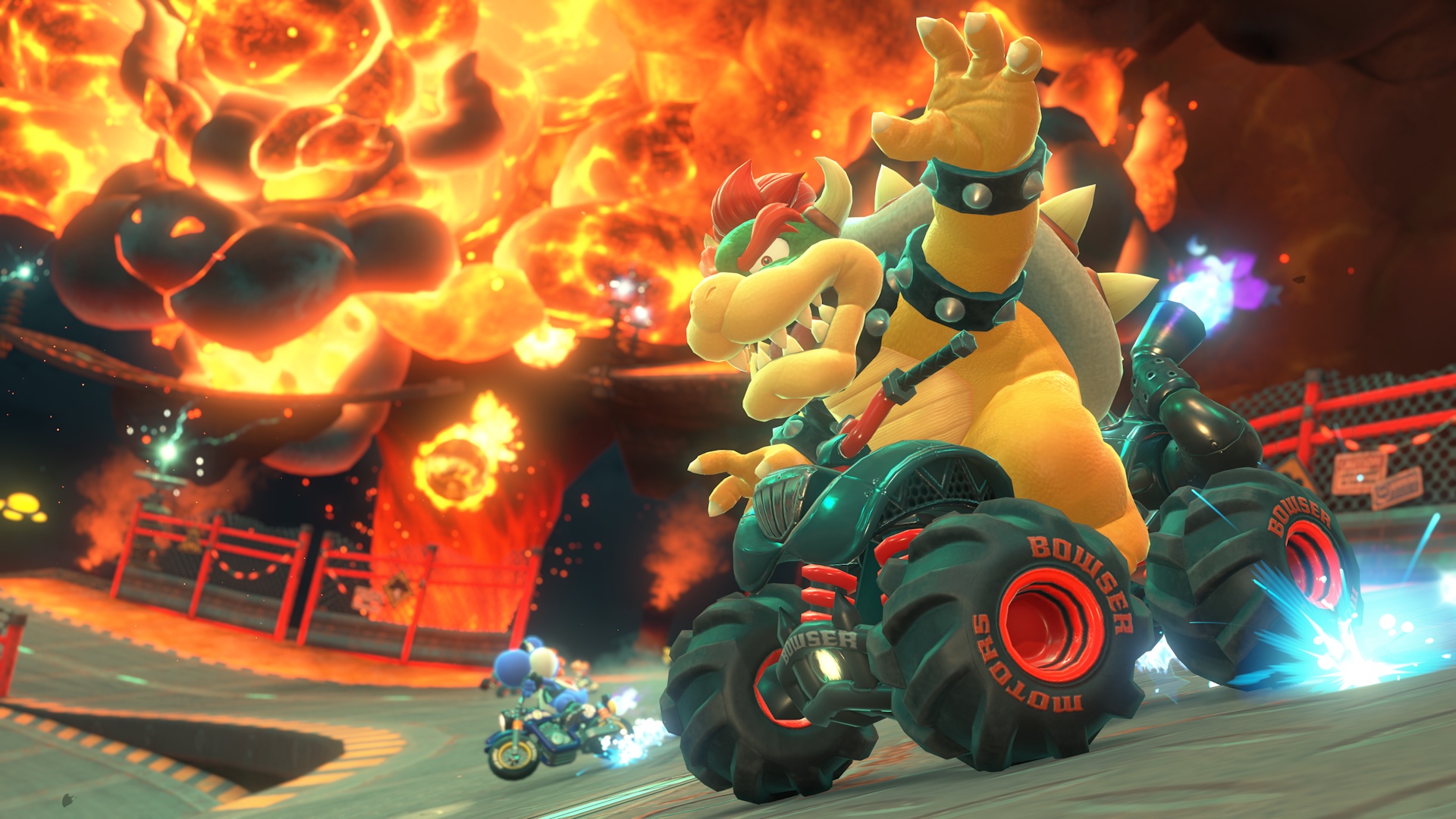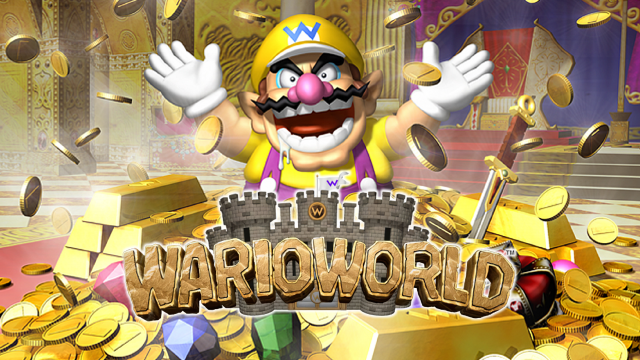The Sega Master System remains a pivotal chapter in video game history, representing Sega’s bold challenge to Nintendo’s dominance during the formative years of home console gaming.
A lesser-known but fascinating aspect of the Master System’s history lies in the true story behind its name.
Insights from Bruce Lowry, a seasoned figure who served key roles at both Nintendo of America and Sega, reveal the decision-making process and market strategies that shaped the console’s identity. Background: Bruce Lowry is widely recognized for his role in overseeing the launch of the NES in the United States as Vice President of Sales at Nintendo of America, before transitioning to Sega.
In 1986, he played an instrumental part in preparing Sega’s Master System console to compete directly with Nintendo’s North American presence.
The Master System, Sega’s 8-bit home console, would go on to become a significant, if underappreciated, contender in the hardware market, particularly in regions like Europe and South America. During an in-depth interview, Lowry discussed what it was like to prepare Sega’s console for launch against the Nintendo Entertainment System.
He described his month-long experience in Japan collaborating with Sega’s team, working through various design iterations, and ultimately focusing on how to best position the system in the competitive U.S.
marketplace.
Central to their efforts was an important question: What would they call the new system? Lowry recounted a key meeting in Japan with marketing manager Bob Harris and Sega Chairman Isao Okawa.
When Okawa inquired why it had been named the Master System, Harris, drawing on his martial arts background, explained, “In martial arts, you strive to become the master, and we wanted our console to embody that spirit.” Okawa, speaking through a translator, commended the idea as very clever. However, archival interviews and retrospectives present an amusing twist.
As detailed in Ken Horowitz’s book "Playing at the Next Level" and a 2002 issue of Game Informer, the actual reason behind the Master System name is far less ceremonial.
Lowry previously explained that, during a brainstorming session at Sega of America, the team listed potential names on a whiteboard and threw rubber darts to select their favorite.
“Master System kept coming up and it sounded pretty good," Lowry recalled for Game Informer.
The group playfully decided that whichever dart landed would determine the console’s name.
Given the spontaneous nature of the decision, Lowry and Harris opted for the martial arts story when explaining the choice to company leadership, feeling a more purposeful reason would resonate better with Okawa and the rest of the Sega team. Another notable detail clarified by Sega Retro is that, at the time of its North American debut, "Master System" originally referred to the launch bundle featuring the Sega Light Phaser peripheral.
Over time, this bundle’s prominence in marketing and press led to the name being retroactively applied to the core console itself, cementing its place in gaming history. With these insights, we gain a nuanced understanding of how marketing narratives and executive interactions shape the legacies of iconic hardware like the Sega Master System.
The interplay between corporate storytelling and happenstance creativity continues to define not just Sega's past, but the broader video game industry's evolution.
A lesser-known but fascinating aspect of the Master System’s history lies in the true story behind its name.
Insights from Bruce Lowry, a seasoned figure who served key roles at both Nintendo of America and Sega, reveal the decision-making process and market strategies that shaped the console’s identity. Background: Bruce Lowry is widely recognized for his role in overseeing the launch of the NES in the United States as Vice President of Sales at Nintendo of America, before transitioning to Sega.
In 1986, he played an instrumental part in preparing Sega’s Master System console to compete directly with Nintendo’s North American presence.
The Master System, Sega’s 8-bit home console, would go on to become a significant, if underappreciated, contender in the hardware market, particularly in regions like Europe and South America. During an in-depth interview, Lowry discussed what it was like to prepare Sega’s console for launch against the Nintendo Entertainment System.
He described his month-long experience in Japan collaborating with Sega’s team, working through various design iterations, and ultimately focusing on how to best position the system in the competitive U.S.
marketplace.
Central to their efforts was an important question: What would they call the new system? Lowry recounted a key meeting in Japan with marketing manager Bob Harris and Sega Chairman Isao Okawa.
When Okawa inquired why it had been named the Master System, Harris, drawing on his martial arts background, explained, “In martial arts, you strive to become the master, and we wanted our console to embody that spirit.” Okawa, speaking through a translator, commended the idea as very clever. However, archival interviews and retrospectives present an amusing twist.
As detailed in Ken Horowitz’s book "Playing at the Next Level" and a 2002 issue of Game Informer, the actual reason behind the Master System name is far less ceremonial.
Lowry previously explained that, during a brainstorming session at Sega of America, the team listed potential names on a whiteboard and threw rubber darts to select their favorite.
“Master System kept coming up and it sounded pretty good," Lowry recalled for Game Informer.
The group playfully decided that whichever dart landed would determine the console’s name.
Given the spontaneous nature of the decision, Lowry and Harris opted for the martial arts story when explaining the choice to company leadership, feeling a more purposeful reason would resonate better with Okawa and the rest of the Sega team. Another notable detail clarified by Sega Retro is that, at the time of its North American debut, "Master System" originally referred to the launch bundle featuring the Sega Light Phaser peripheral.
Over time, this bundle’s prominence in marketing and press led to the name being retroactively applied to the core console itself, cementing its place in gaming history. With these insights, we gain a nuanced understanding of how marketing narratives and executive interactions shape the legacies of iconic hardware like the Sega Master System.
The interplay between corporate storytelling and happenstance creativity continues to define not just Sega's past, but the broader video game industry's evolution.






